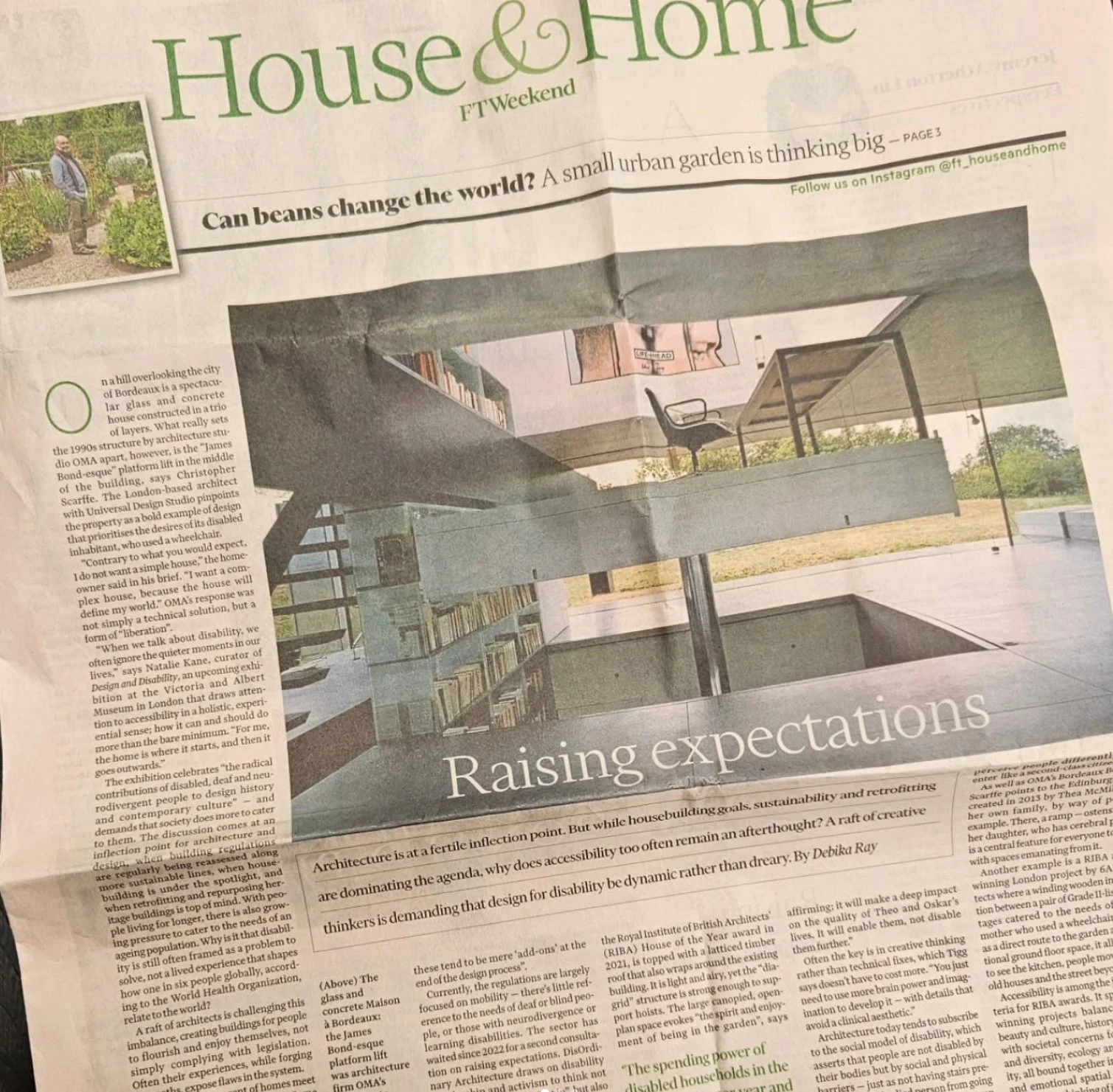The aesthetics of accessibility: Design for disability that’s dynamic not dreary
“Architecture is at a fertile inflection point. But while housebuilding goals, sustainability and retrofitting are dominating the agenda, why does accessibility too often remain an afterthought? A raft of creative thinkers is demanding that design for disability be dynamic rather than dreary.”
…
“In 2023, the DisOrdinary Architecture collective, which campaign to shift paradigms about disability across the UK environment, published Many More Parts Than M!- a compendium that rails against the Building Regulations’ minimum accessibility standards: Part M. It is a manifesto spaces to go “beyond the limitation of banal ‘one-size-fits-all’ technical solutions, especially when these tend to be mere ‘add-ons’ at the end of the design process”.
Currently, the regulations are largely focused on mobility- there’s little reference to the needs of deaf or blind people, although with neurodivergence or learning disabilities. The sector has waited since 2022 for a second consultation on raising expectations. DisOrdinary Architecture draws on disability scholarship and activism to think not just about the ability to “get in”, but also about pleasurable, beautiful spaces.”
Debika Ray (Author, FTWeekend House&Home)

